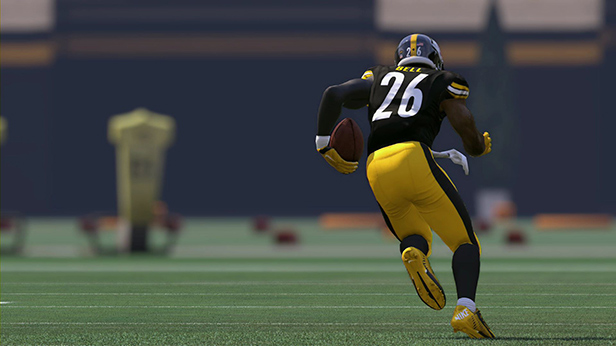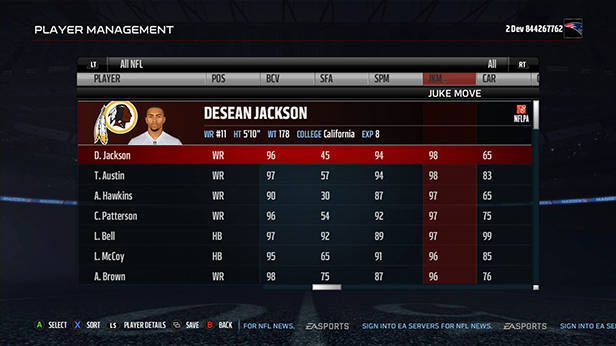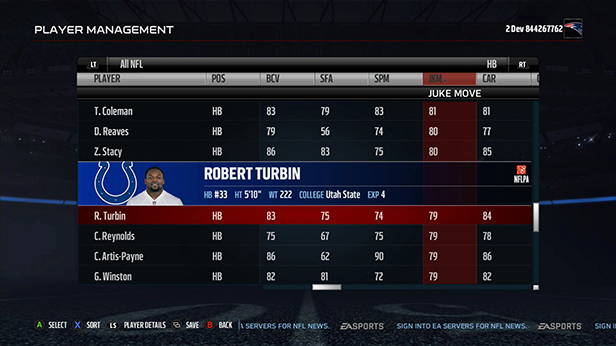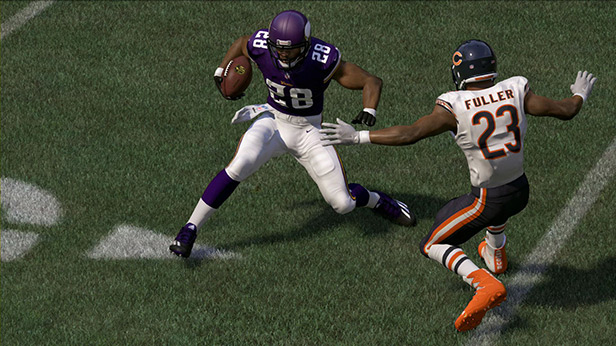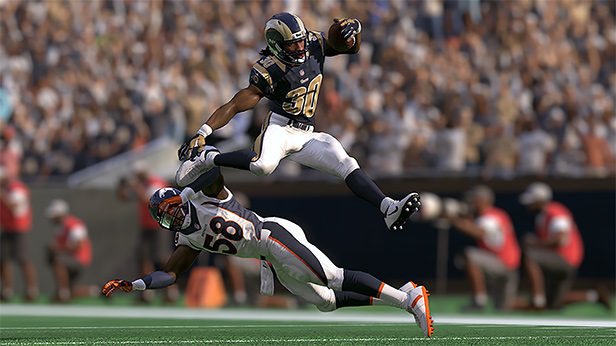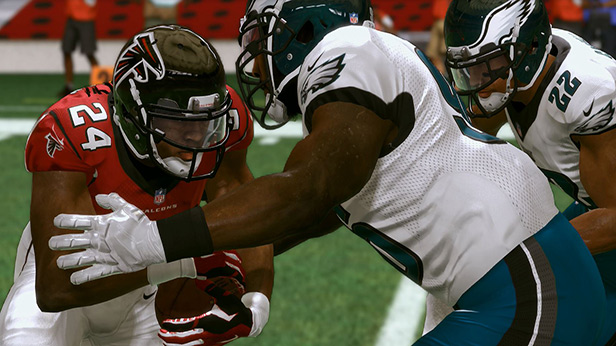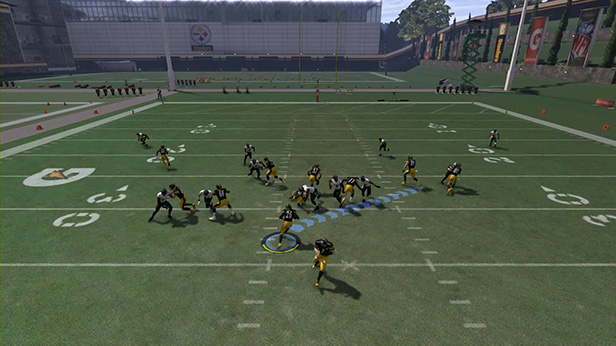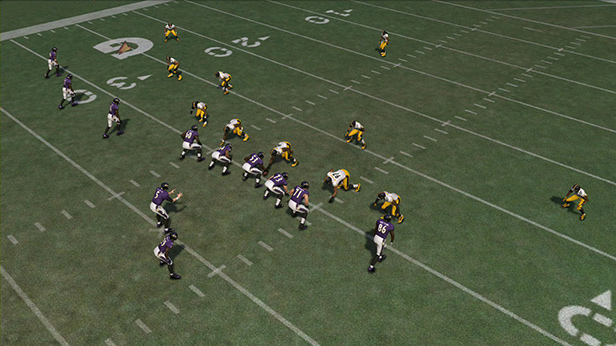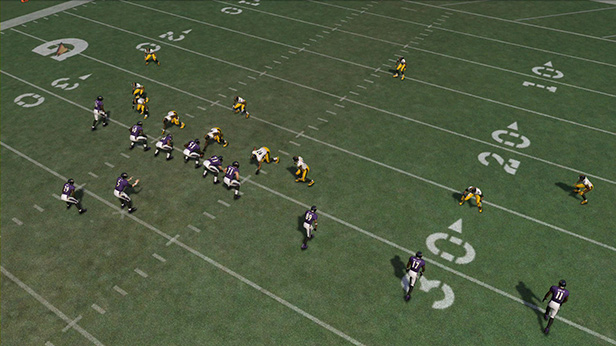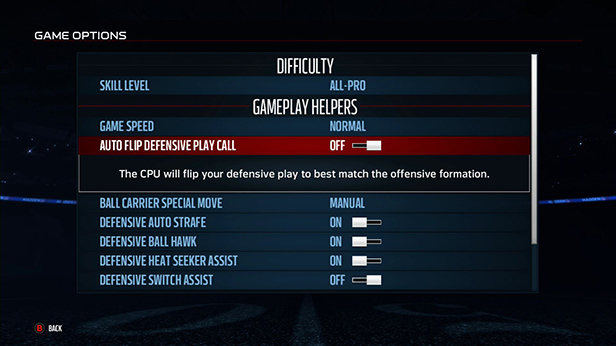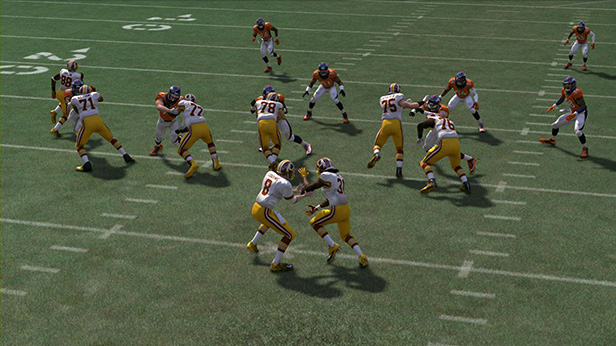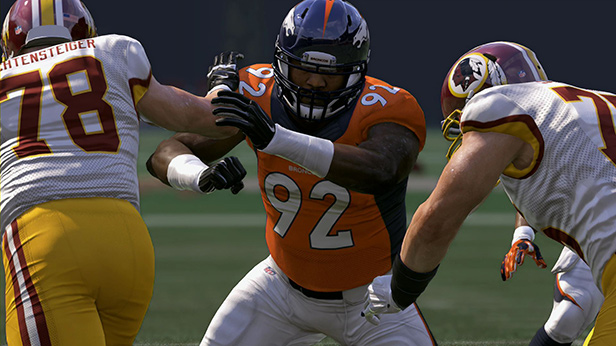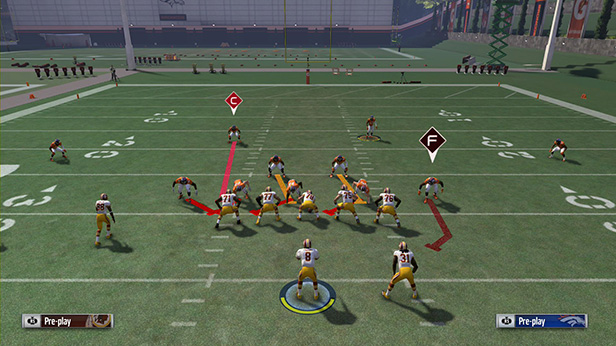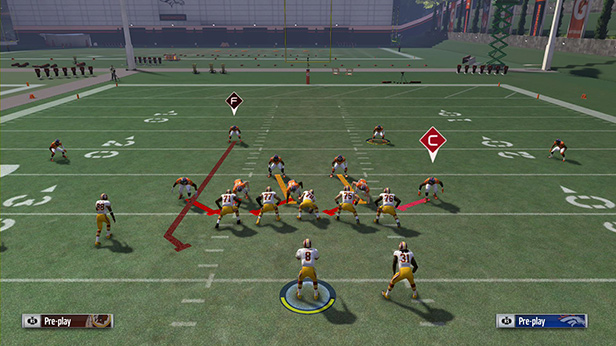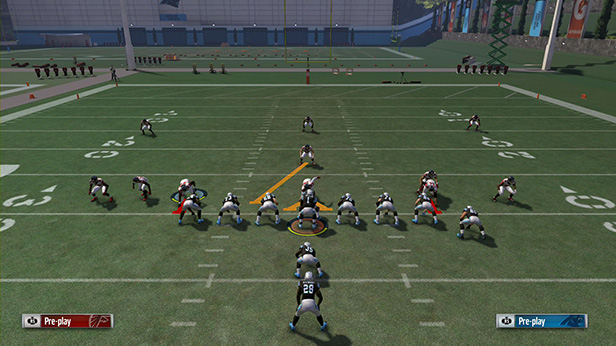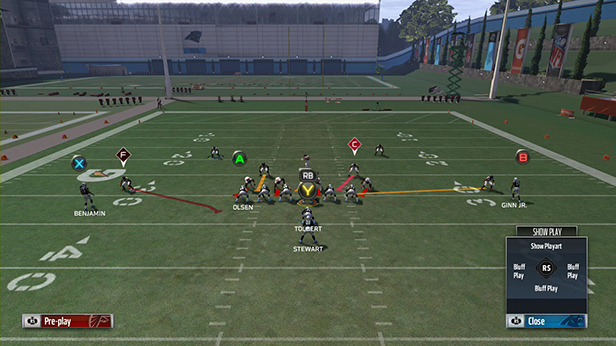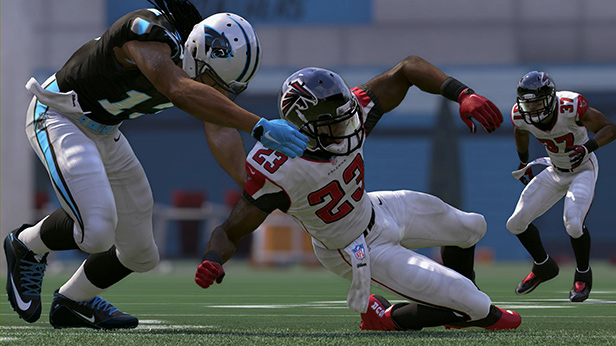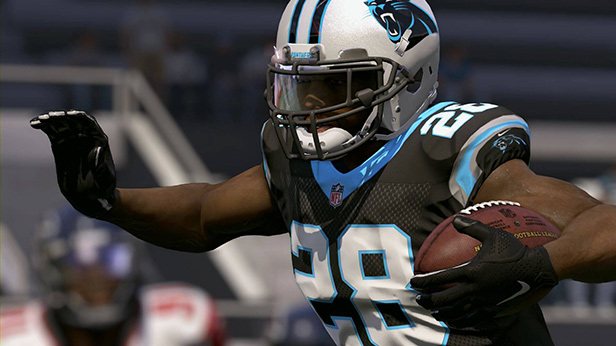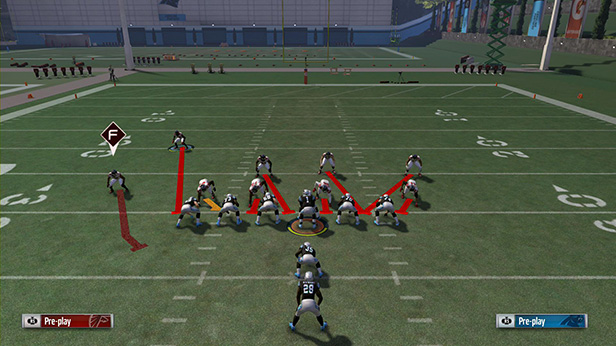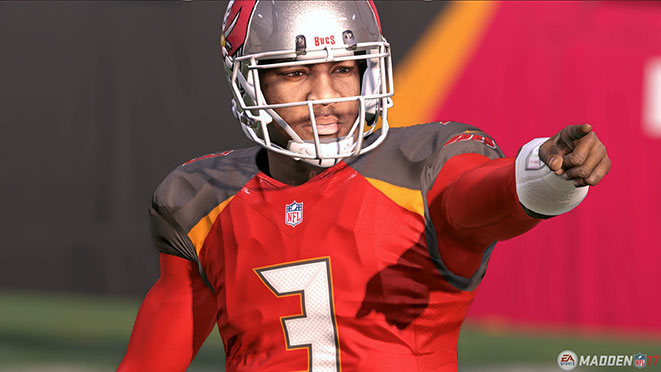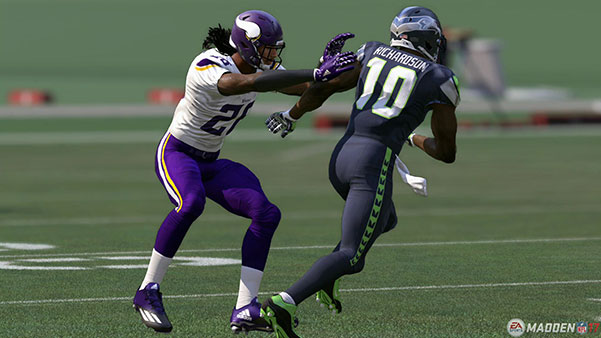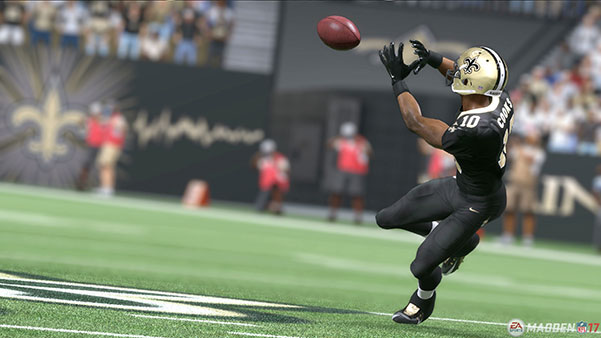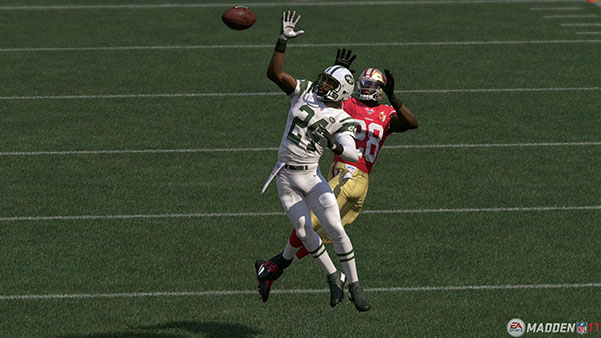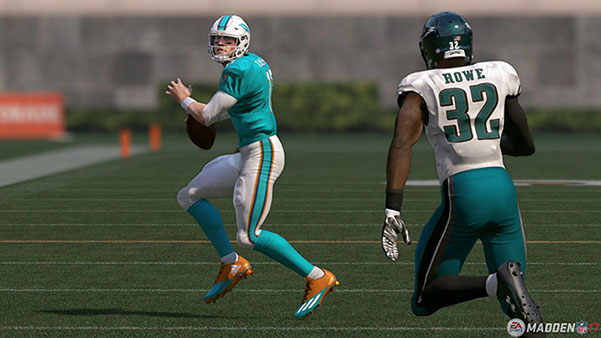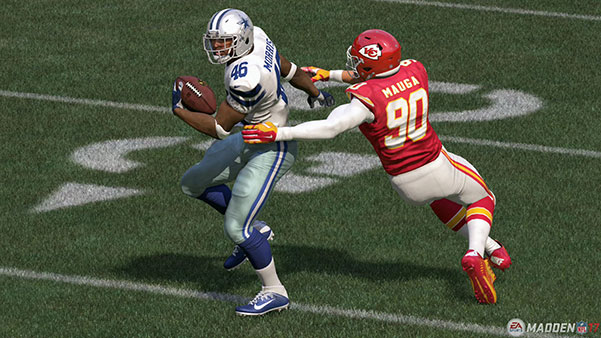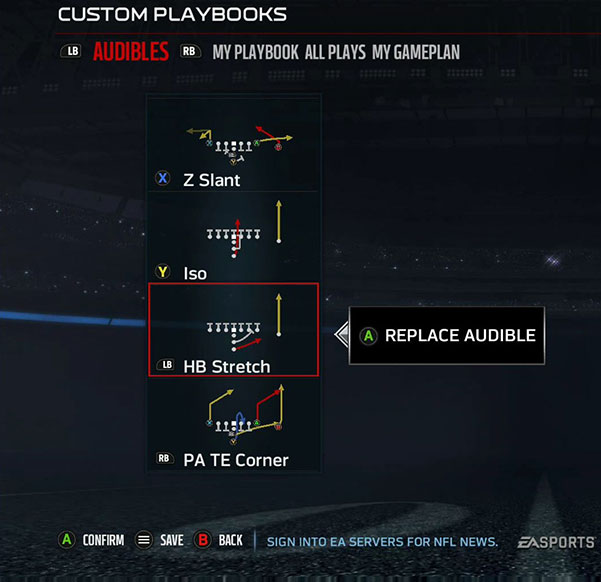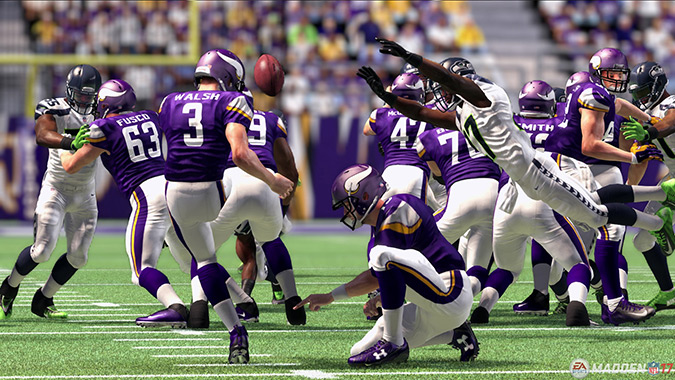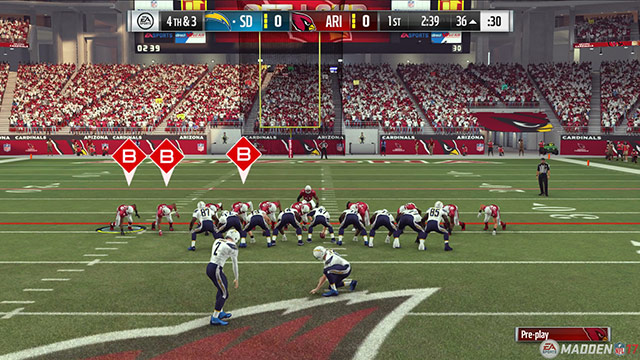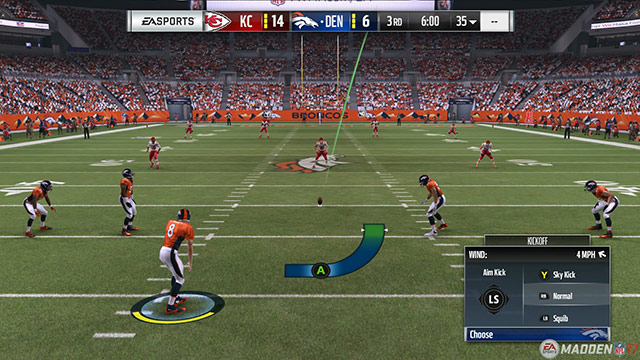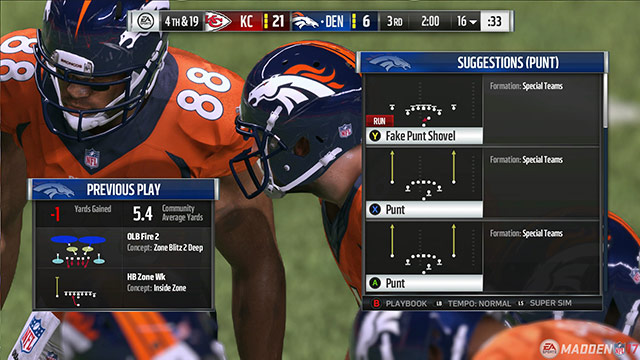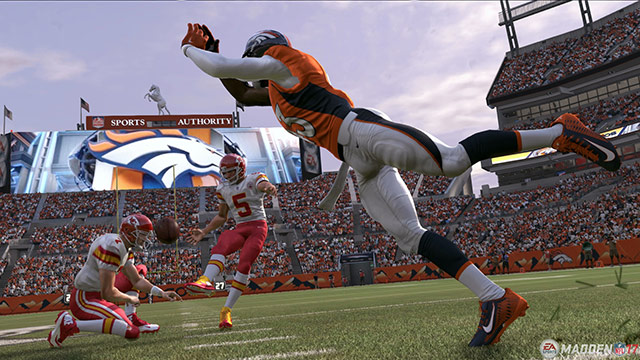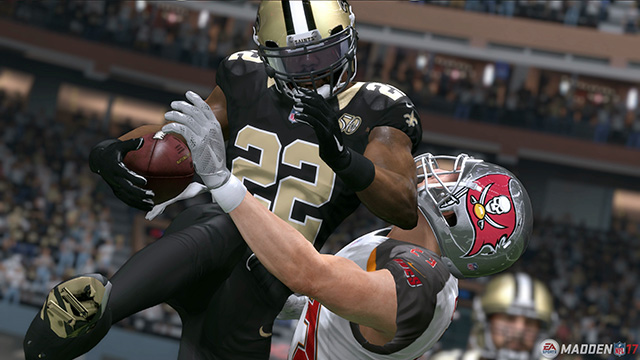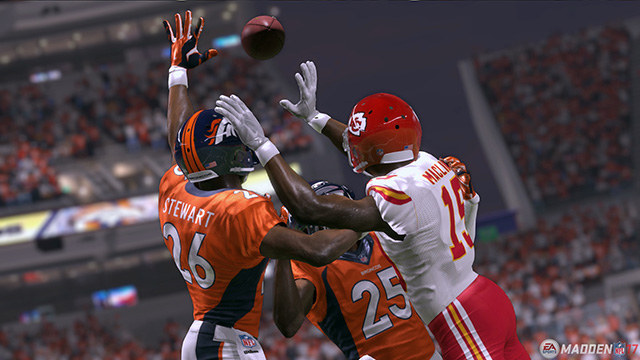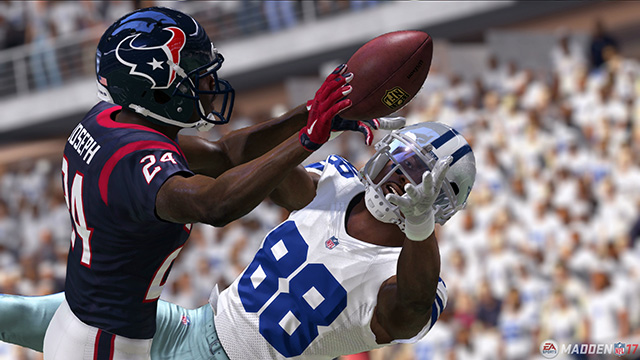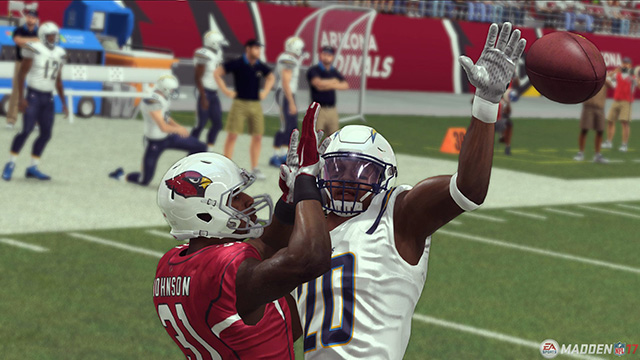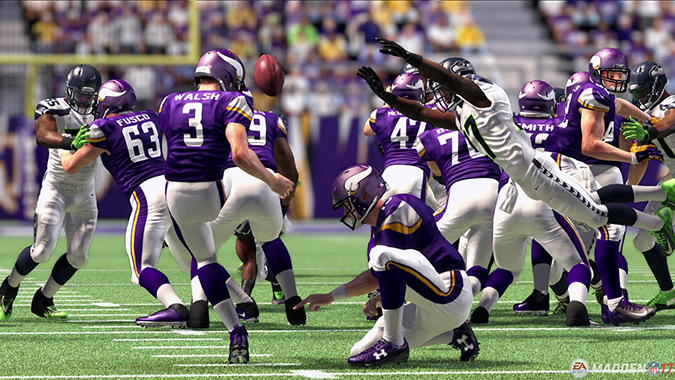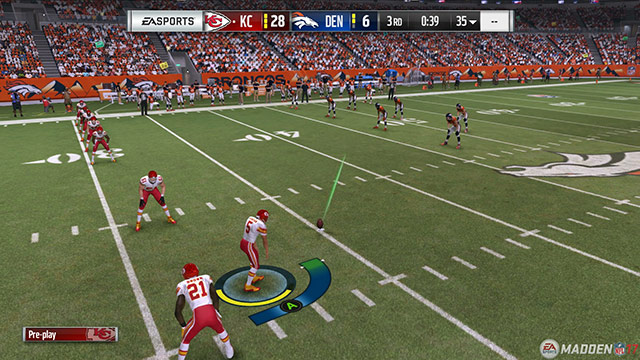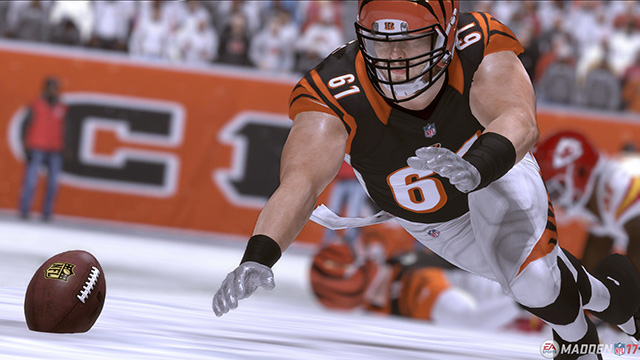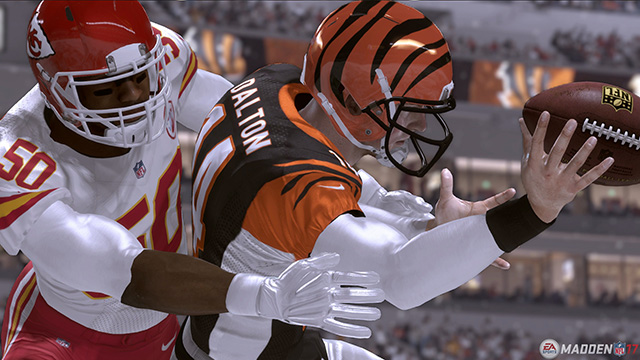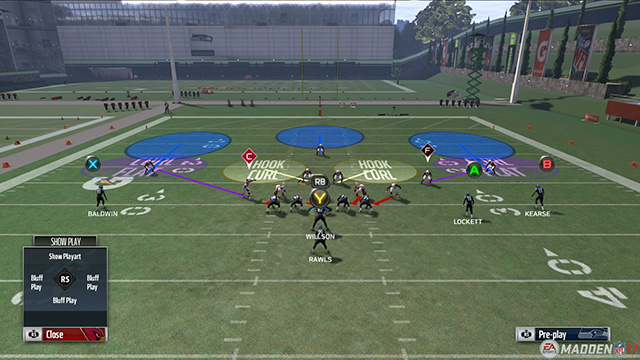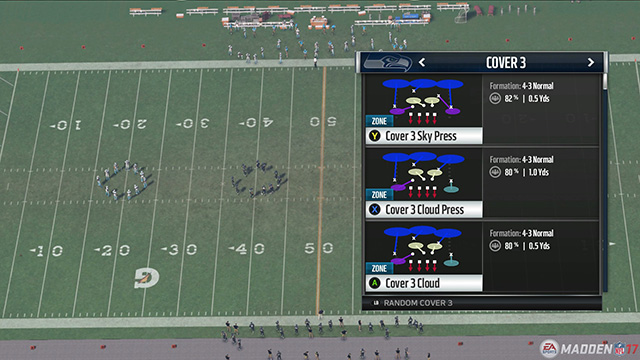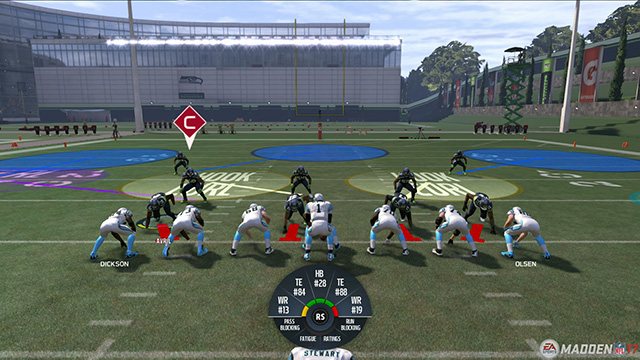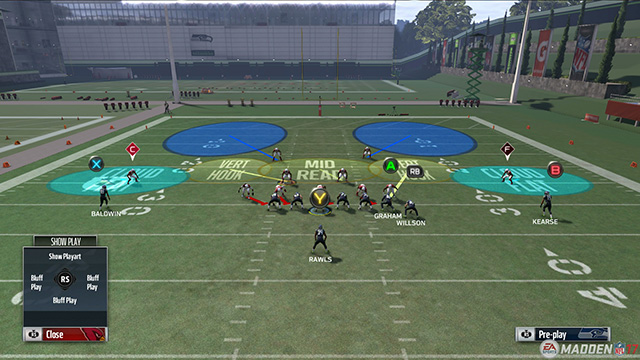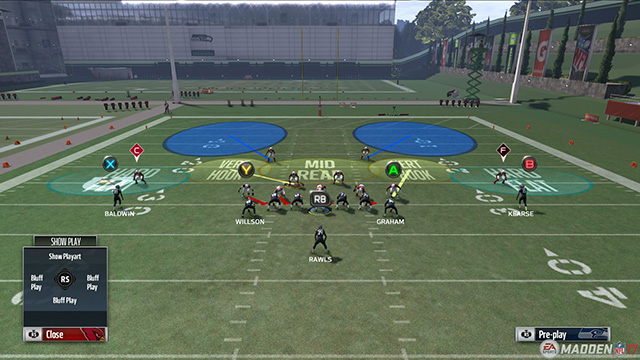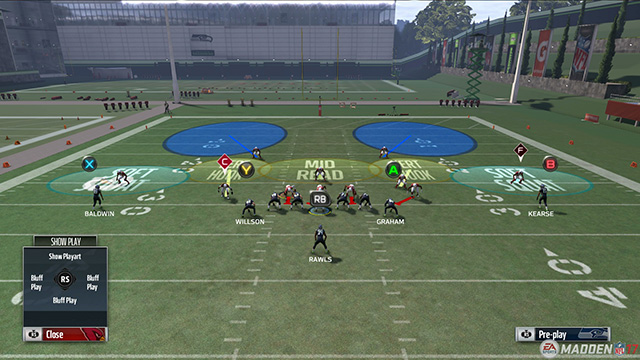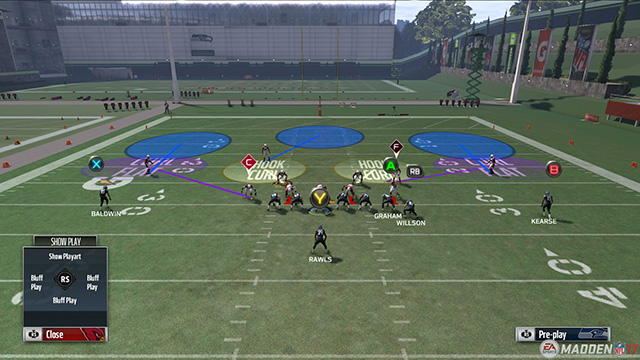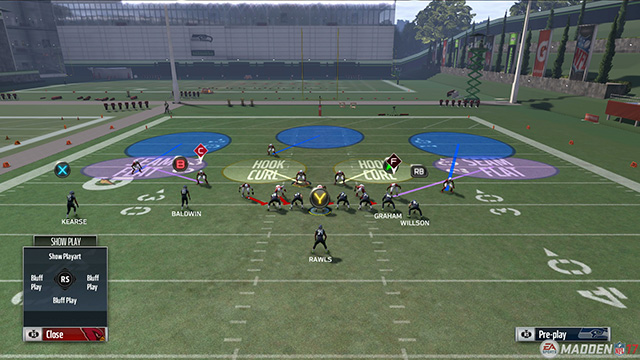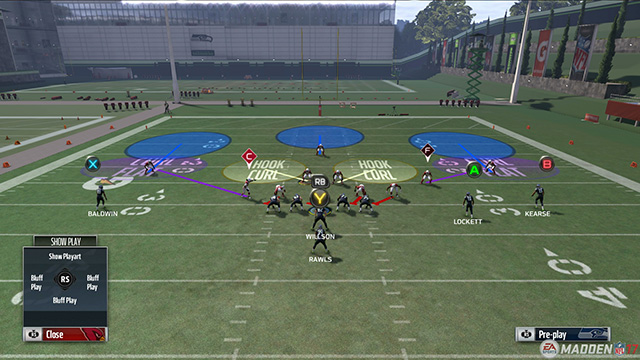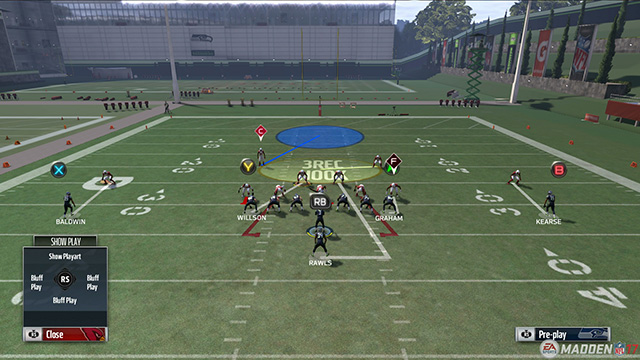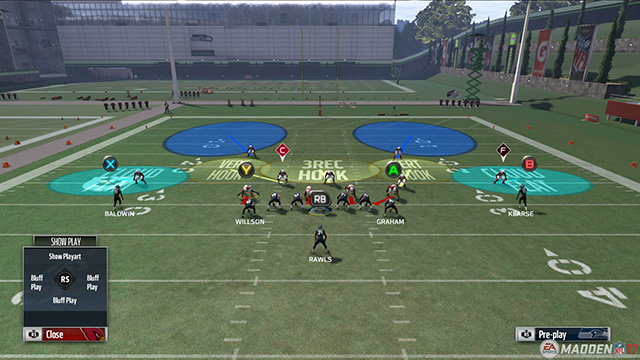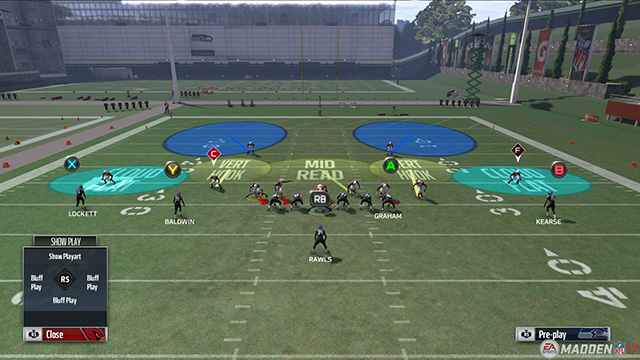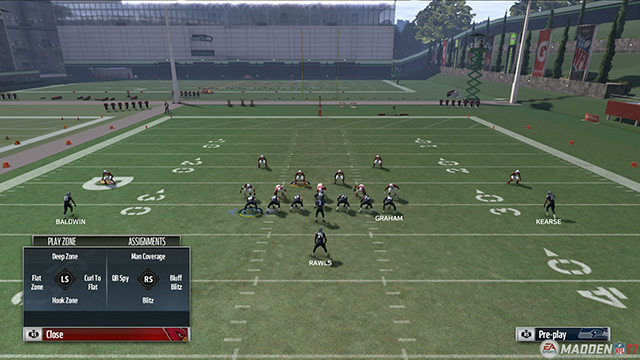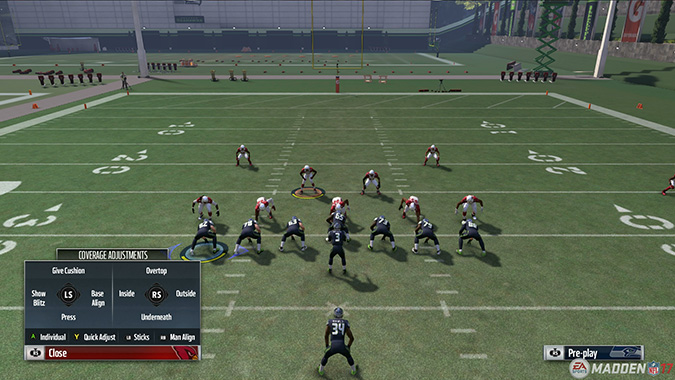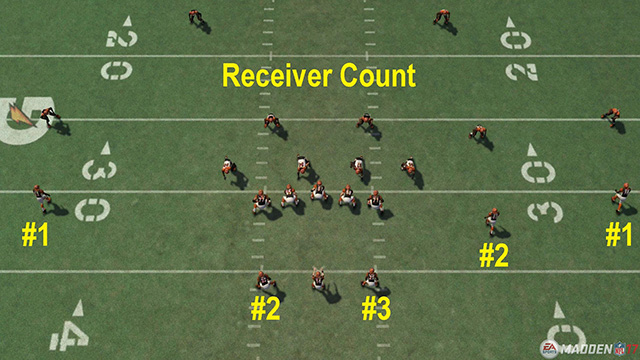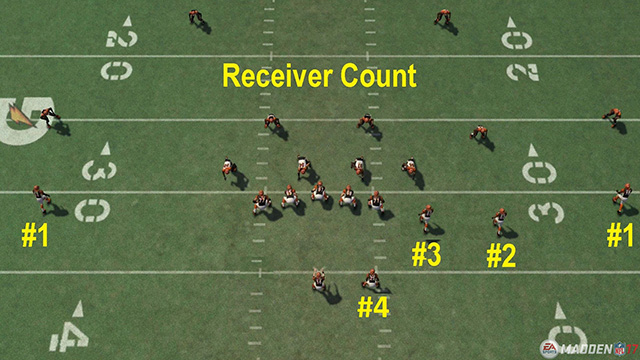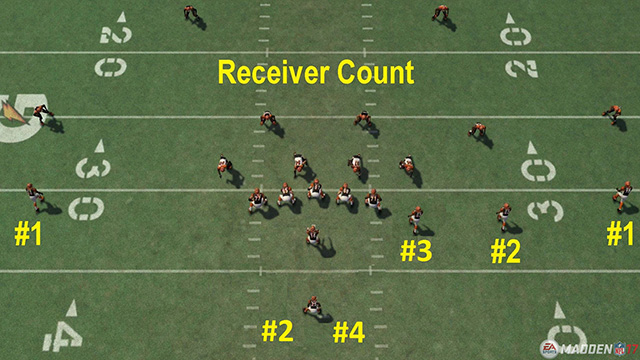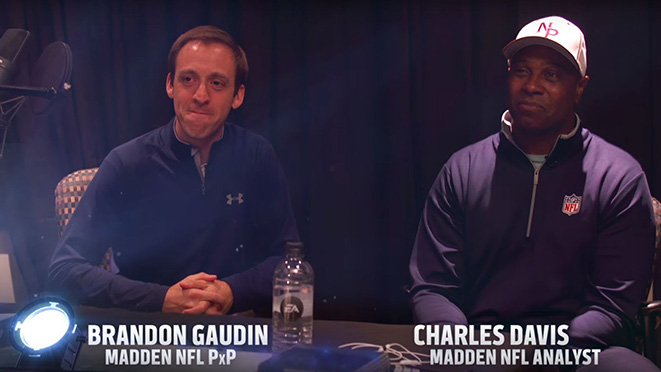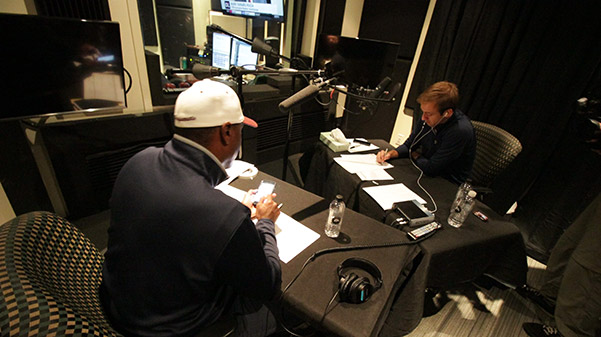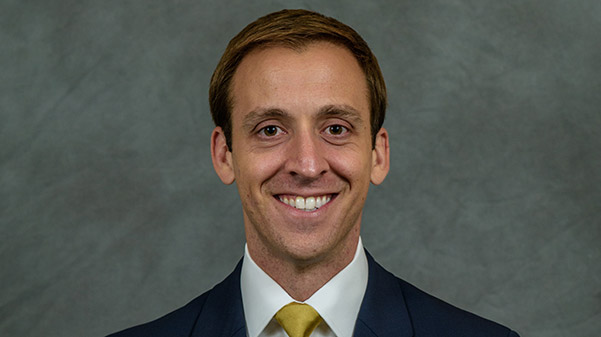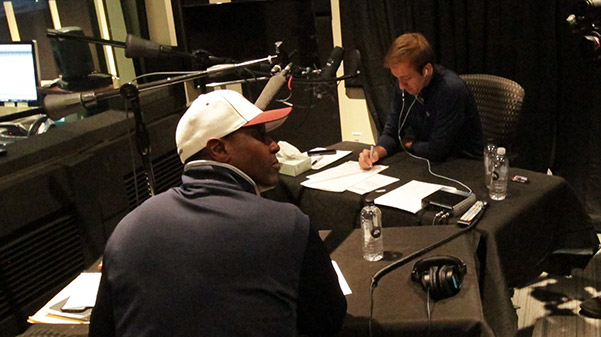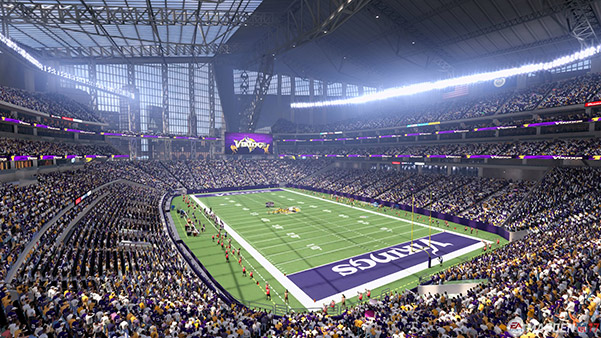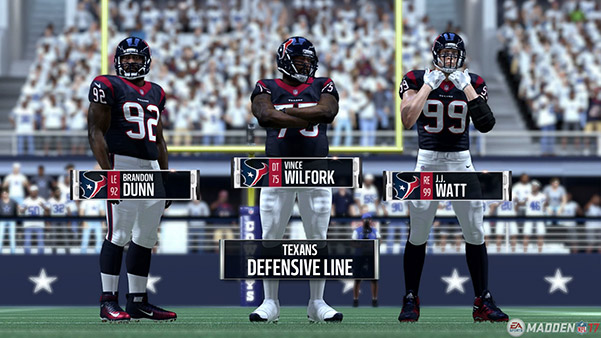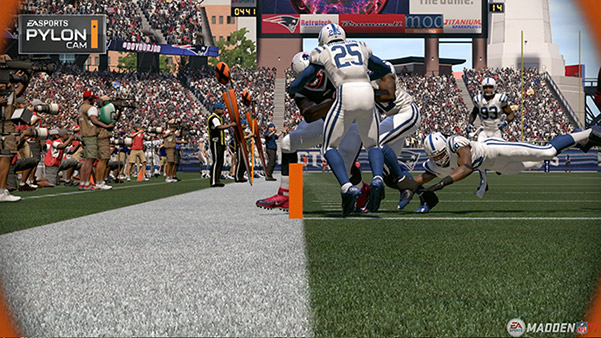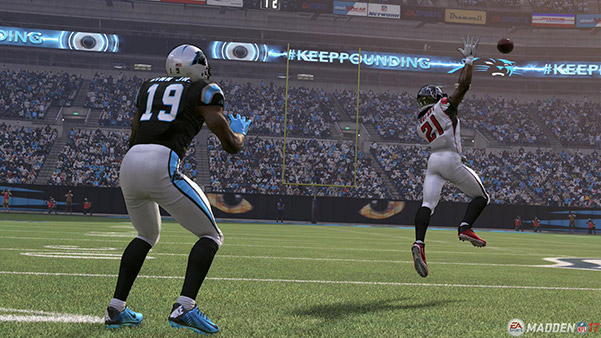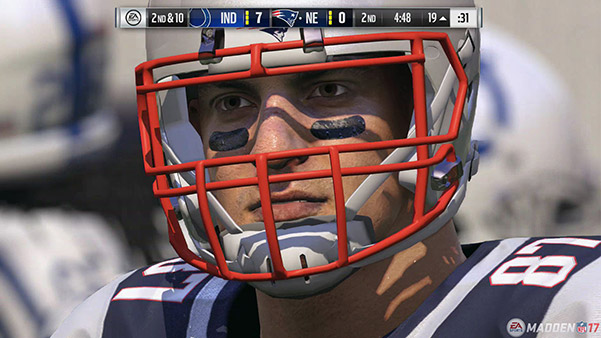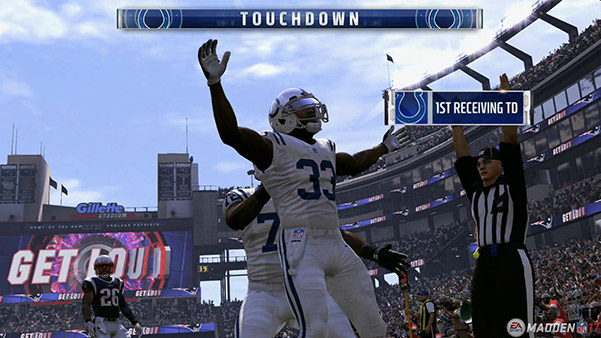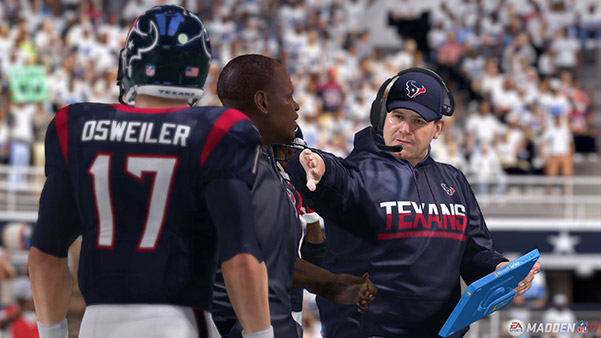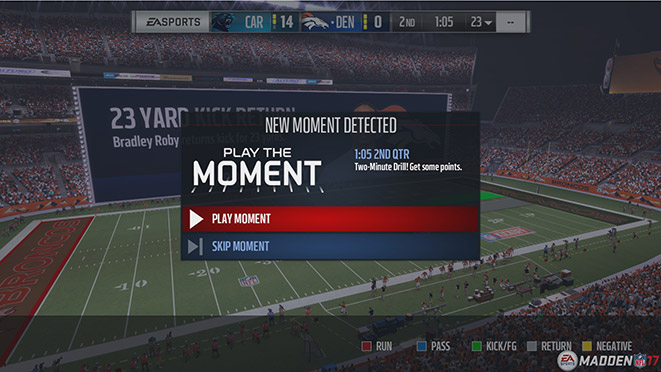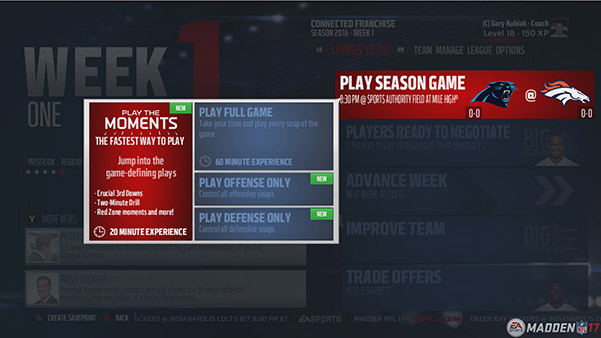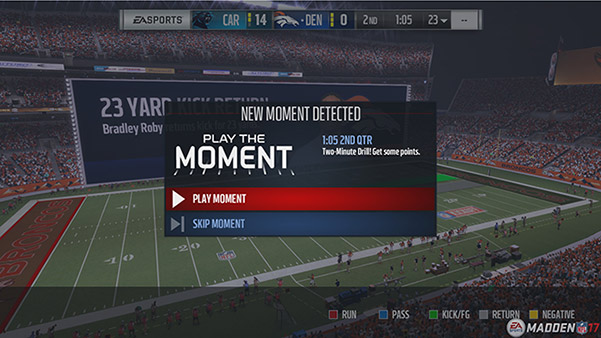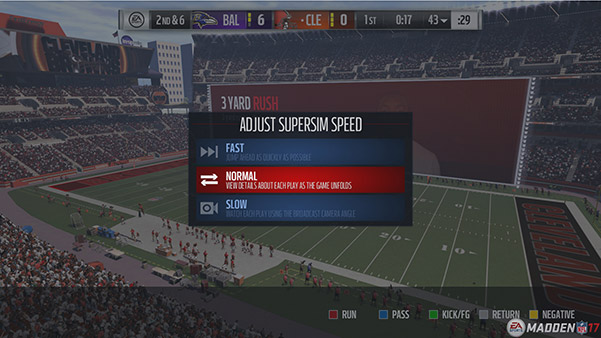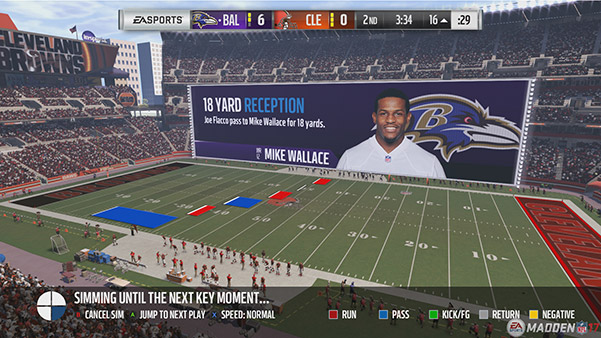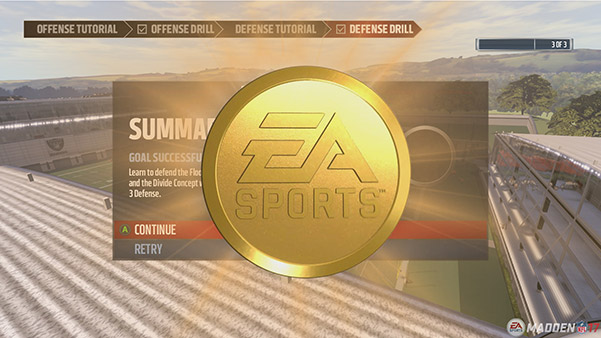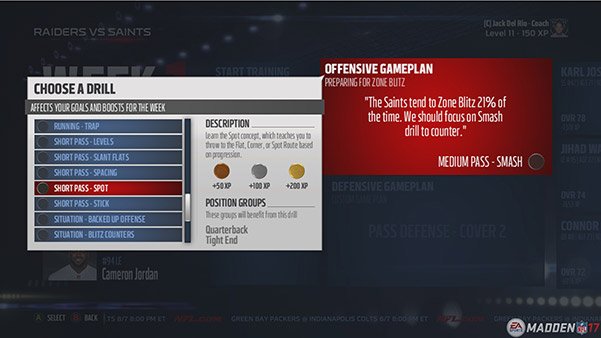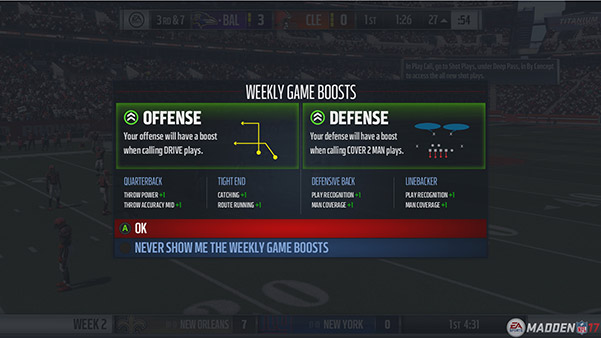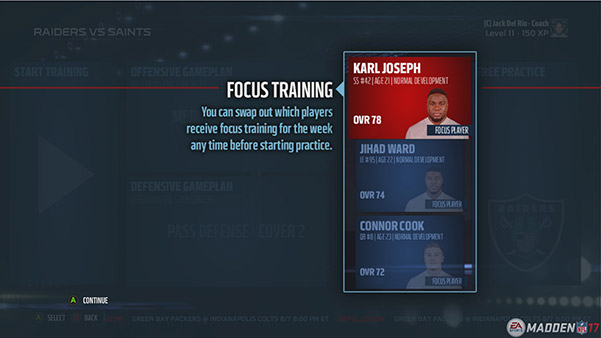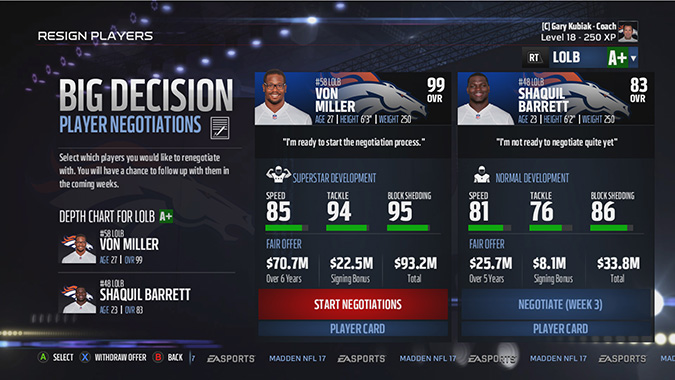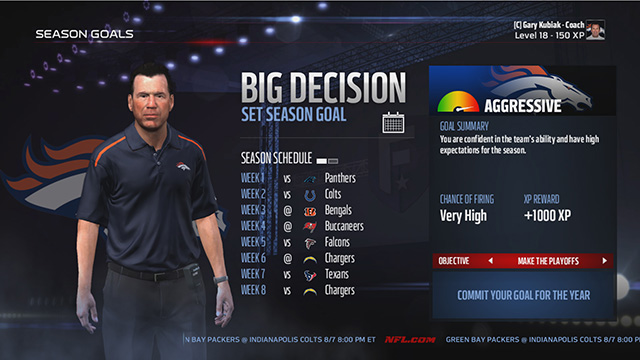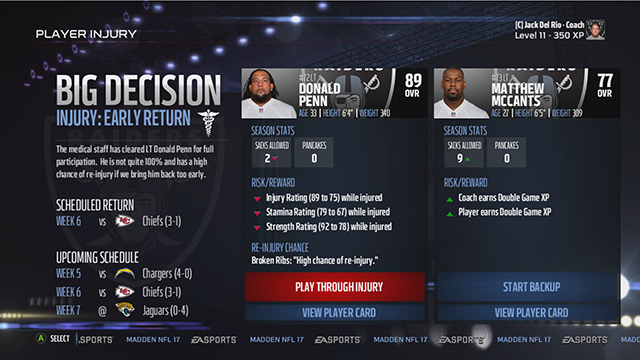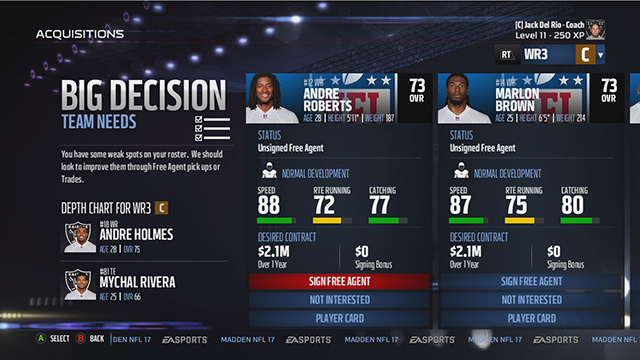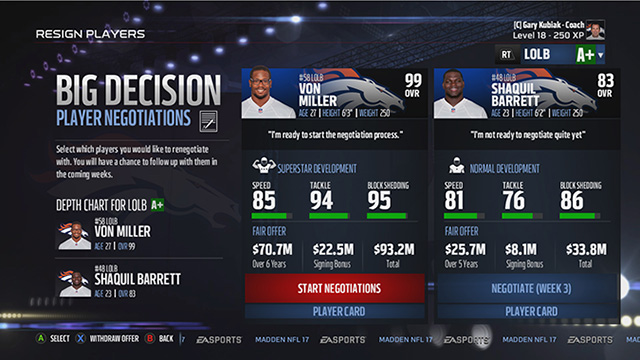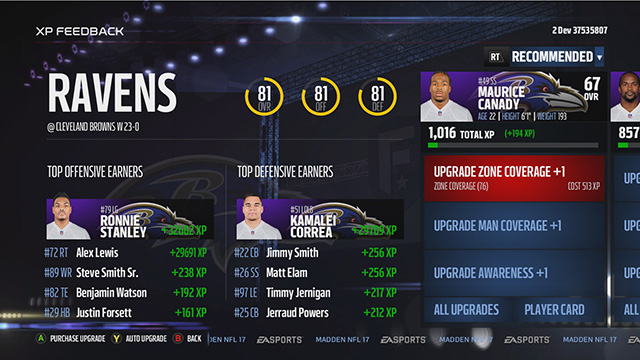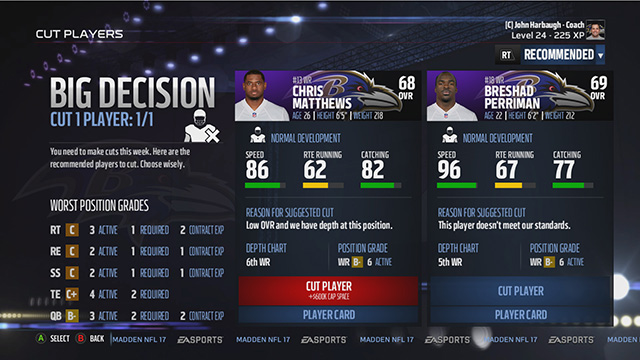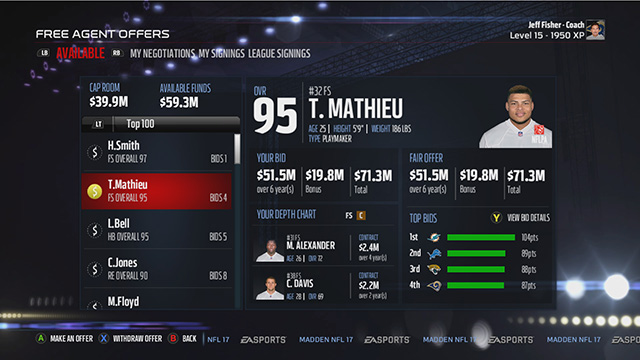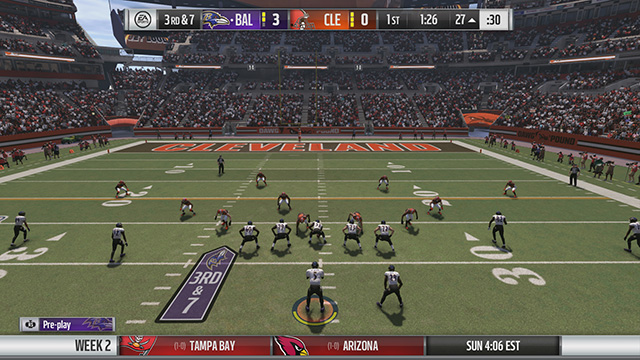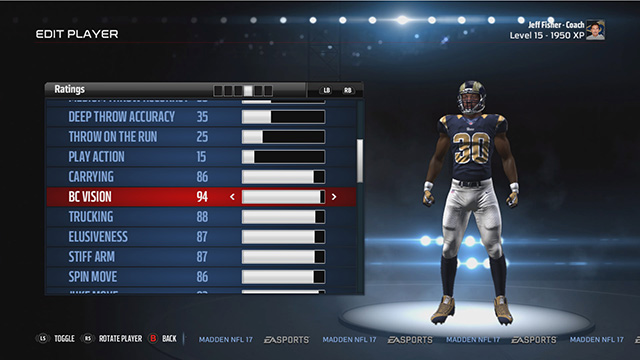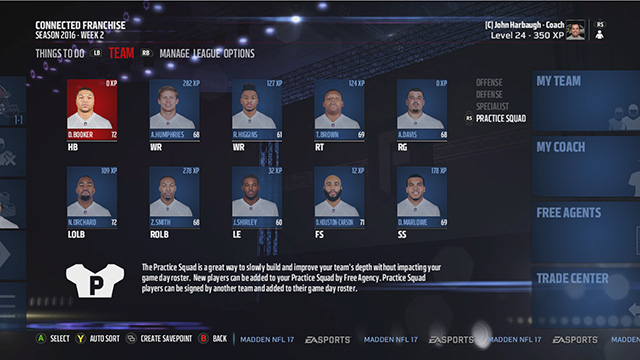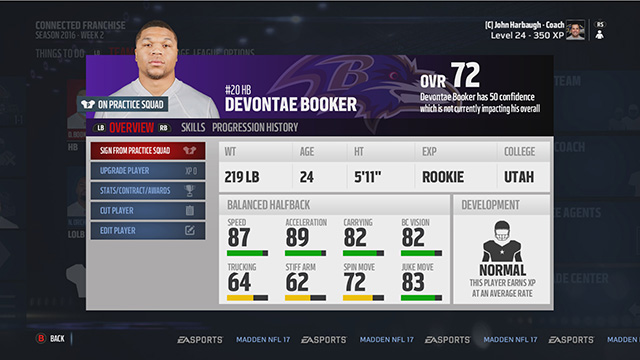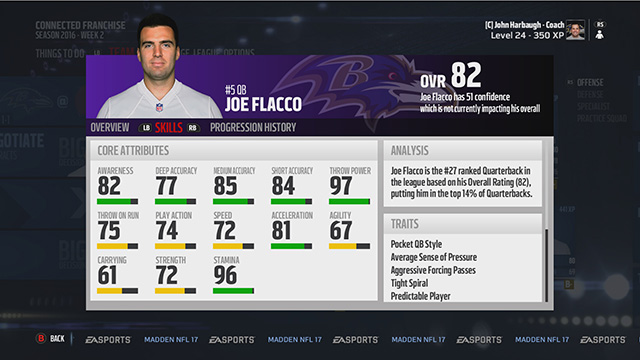T0INE
formerly toine2983
- 63,806
- 66,974
- Joined
- Dec 21, 2005
Available August 23rd

[h2] [/h2]
Bundle Info (XB1)
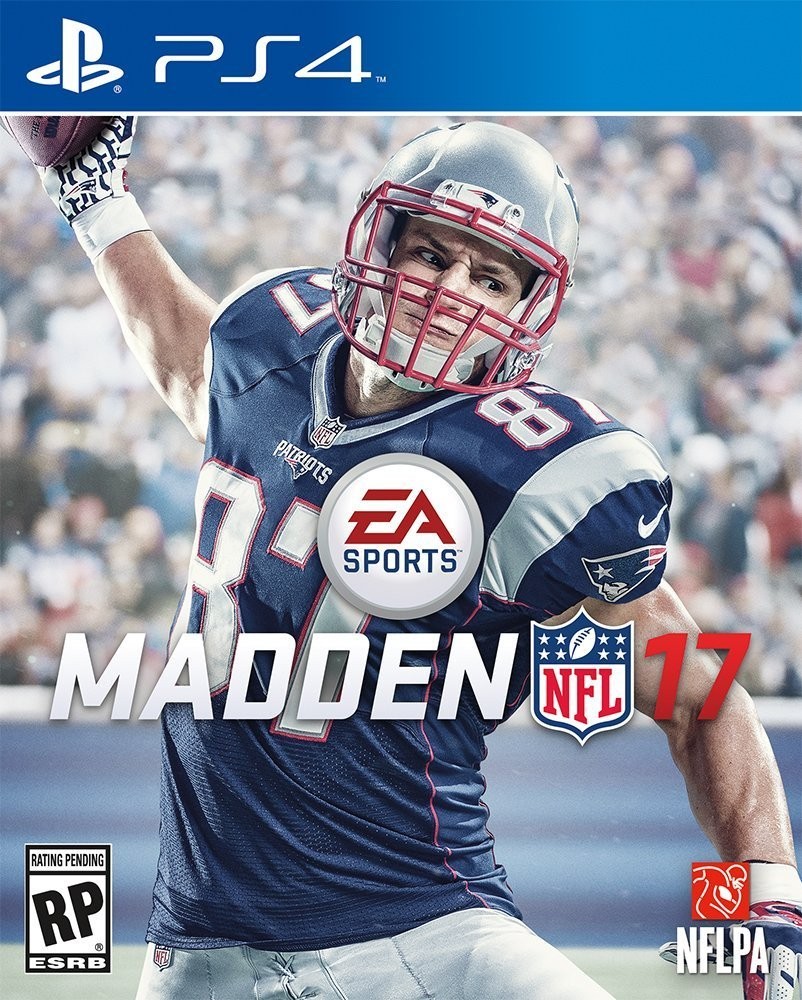
[h2] [/h2]
[h2]Madden NFL 17 Features Overview[/h2]
Posted May 12th at 6:00pm.

Three years ago we set out to transform gameplay with the desire to deliver new mechanics, authentic AI and accessibility. In Madden NFL 15 we started with making defense fun again, last year we helped you to dominate the air, and in Madden NFL 17 on Xbox One and Playstation[emoji]174[/emoji]4 we address all three phases of the game on offense, defense, and special teams. Let's start with offense and the new Ball Carrier Controls.

We’ve added a tiered system to the types of special moves different players are able to pull off – depending on their attributes, ratings and speed. So now, expect your bigger bruising backs to be more effective with truck moves and stiff arms, while smaller, shiftier backs have more effective jukes and spins. Now don't worry if you’re not a magician yet on the sticks. New Ball Carrier UI Prompts help teach moves available to you, while the new Path Assist helps you navigate and anticipate down field. Additionally on lower skill levels, you can put the work on us and we will pick the appropriate moves for you, unlocking the fun for all of our players. Now, onto the defensive side of the ball.

While the new tools on offense make you a better, more creative ball carrier, the New Defensive AI System is built on up to date NFL Strategies – such as Gap Play, Force Defenders and improved Zone Coverages. It’s time to force your opponents to stop being so one dimensional. New Gap Play AI brings a new level of NFL authenticity and strategy to your defensive teammates. Each of your teammates has a gap assignment on run defense that puts them in position to better defend the run. Force defenders protect the outside of the field, pushing the ball carrier back inside allowing cut back defenders to make the big play. Finally Zone Coverage has been completely overhauled, with the addition of 8 new zone concepts never before seen in Madden. Defenders have more awareness of threats to each zone and can pattern match receivers, creating defensive counters to stop virtually every passing concept. It's our most realistic AI to date and it's across the entire field.
Special Teams, the 3rd phase of football, is where big games are often won and lost. For the first time years we’re bringing the excitement back to special teams. A New Kick Meter is designed to increase the challenge of the kicking game like we see in today’s NFL. Additionally, the ability to ice the kicker allows you to turn up the pressure on those late game winning field goal attempts. New trick plays and a new block kick mechanic add new elements to the risk and reward of Special Teams.
Combined, these gameplay innovations demonstrate our continued effort to make this the most complete Madden ever. Unlocking the fun for all players, including our most passionate fans as well as new comers to the franchise.
Bundle Info (XB1)
Madden NFL 17 Standard Edition ($59.99)
Pre-order your copy today and receive a 1 month EA Access Trial as well as bonus content including nine Madden NFL Ranked tickets and up to seven Madden NFL Ultimate Team Pro Packs.*
Madden NFL 17 Deluxe Edition ($79.99)
Pre-order the Madden NFL 17 Deluxe Edition today and receive a one month EA Access trial as well as additional value including 30 Madden NFL Ranked tickets and up to 10 Madden NFL Ultimate Team All Pro Packs.*
Madden NFL 17 Super Deluxe Edition ($99.99)
Pre-order the Madden NFL 17 Super Deluxe Edition today and receive a one month EA Access trial as well as additional value including 30 Madden NFL Ranked tickets and up to 30 Madden NFL Ultimate Team All Pro Packs.*
Last edited:

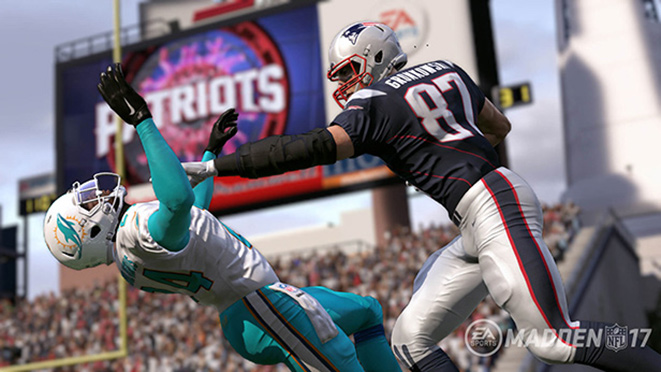
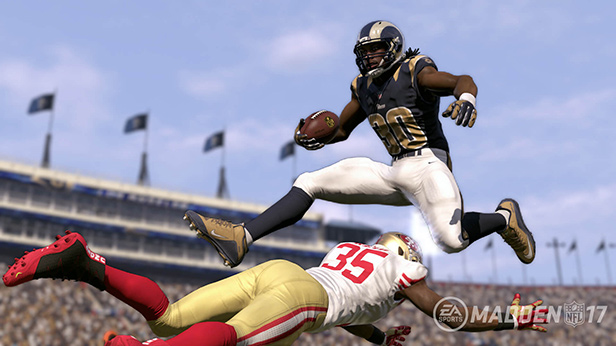
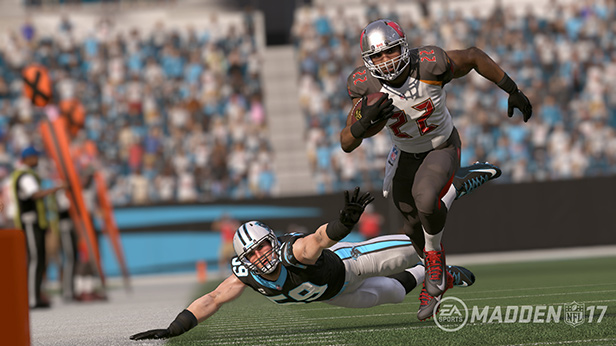
 .
.




